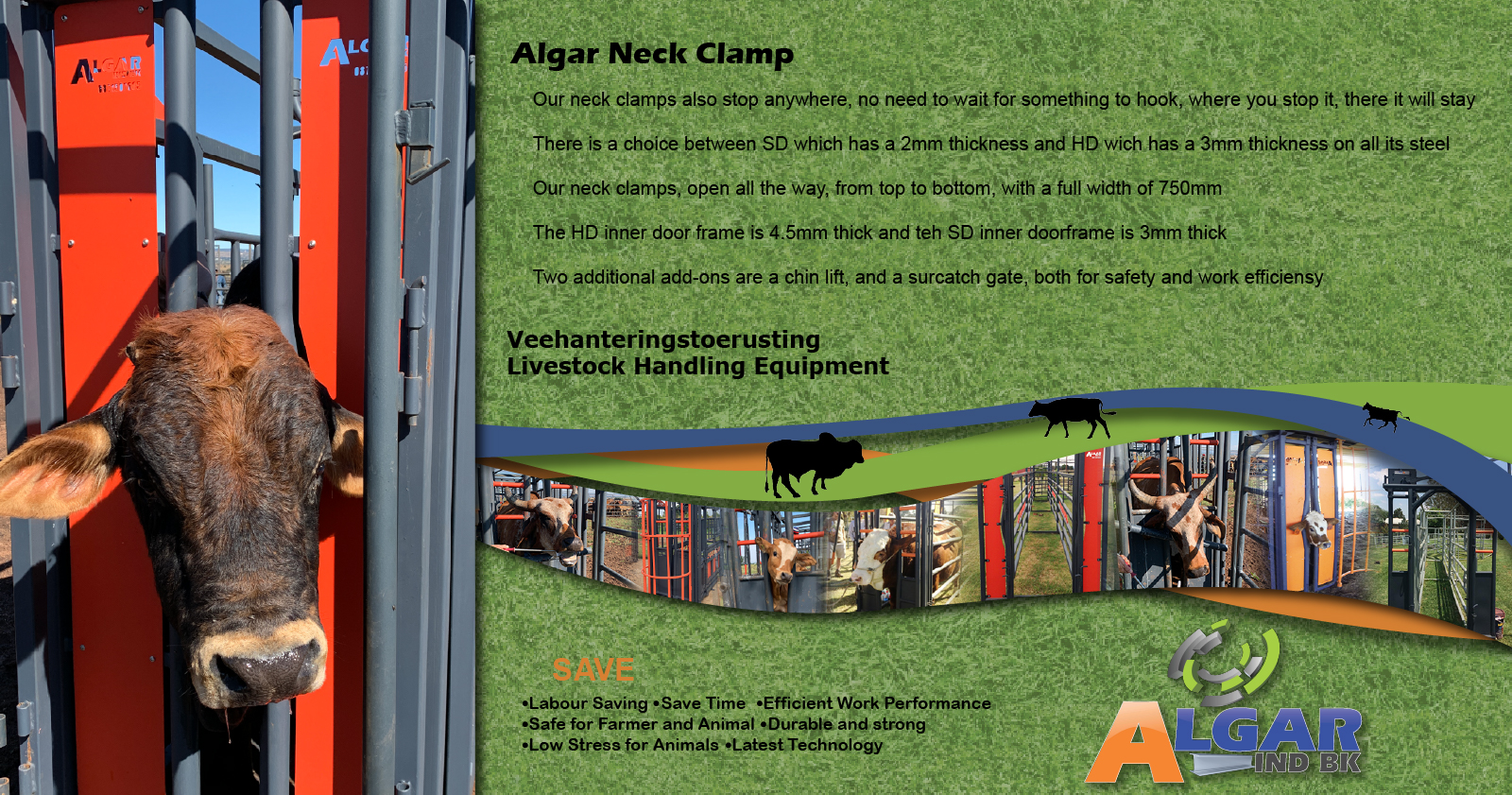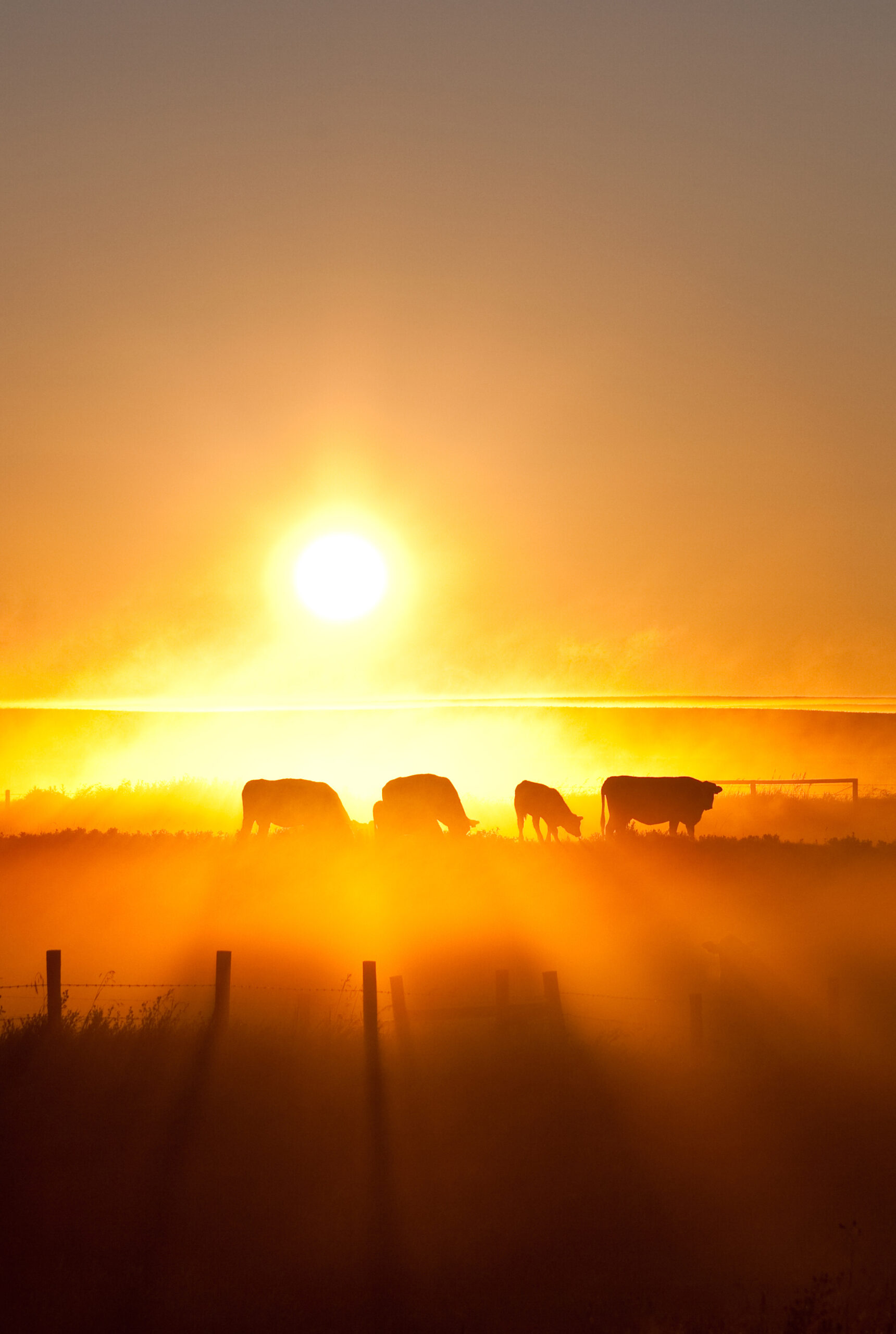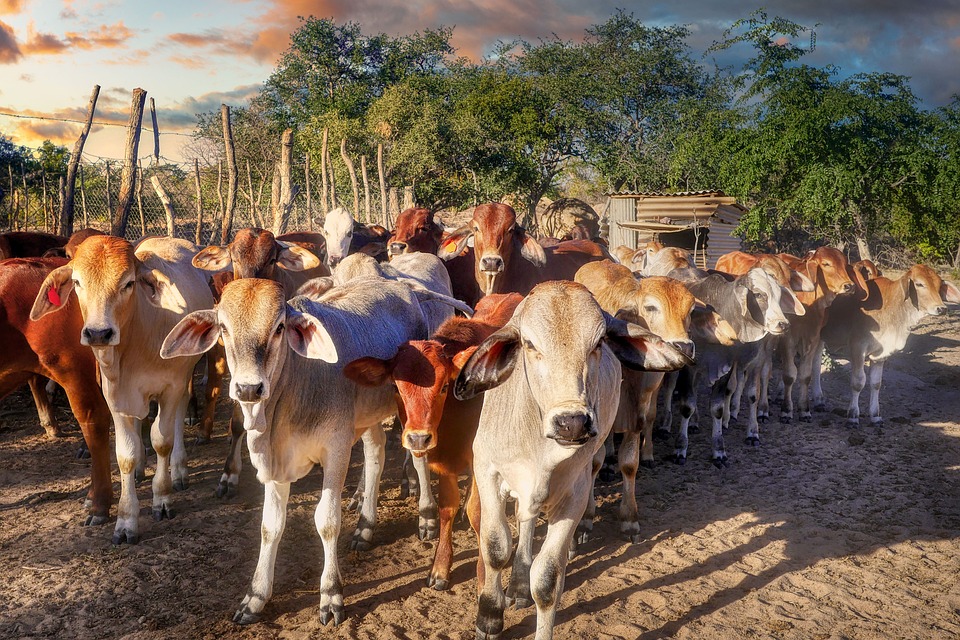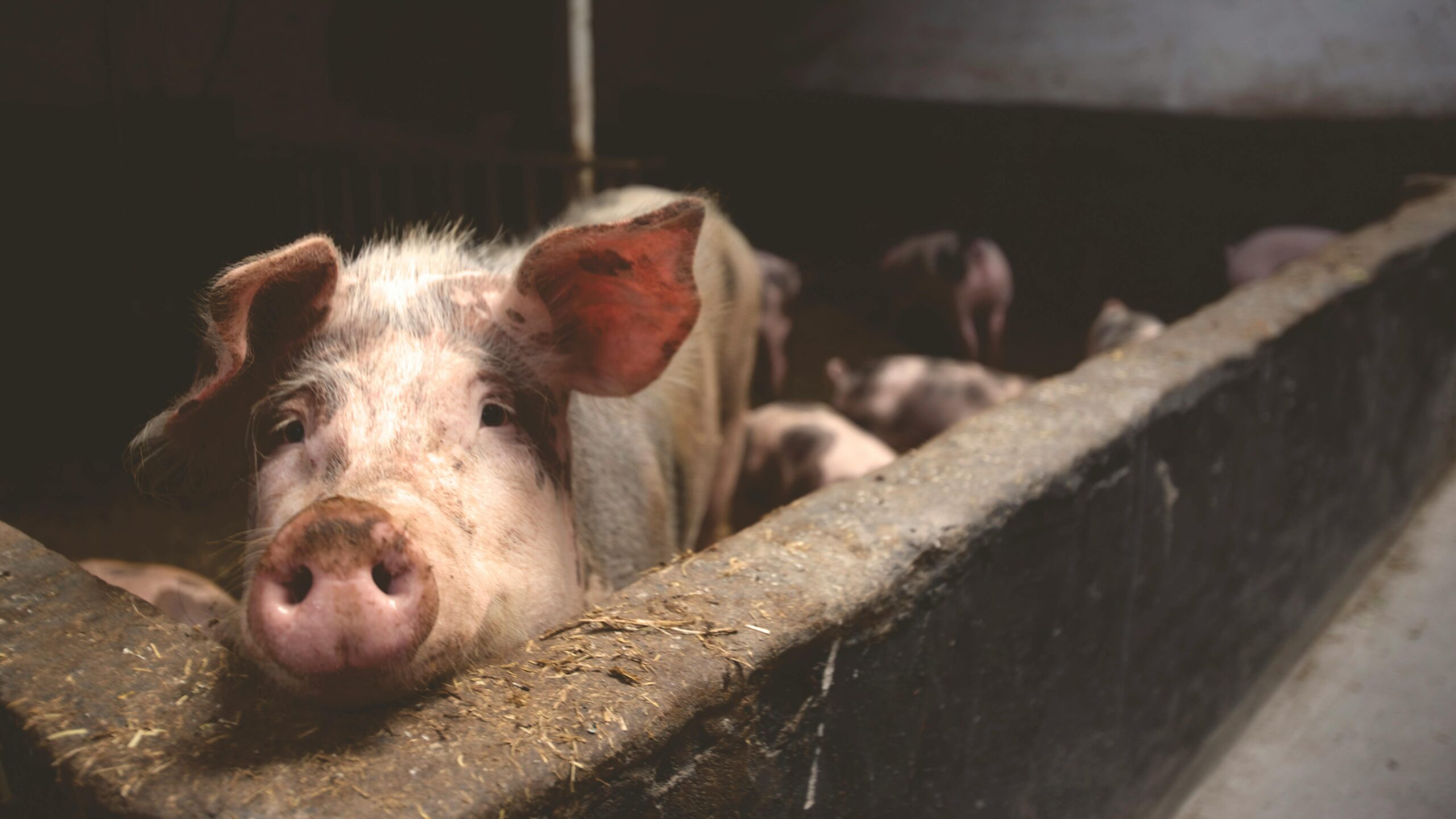Reproduction is one of the most important factors which determine profitability when farming with sheep. The reproductive rate varies by farm, production system, and geographic areas.
An ewe’s production year can be divided into four distinct critical periods. The ewe is mated during a mating season of about three to six weeks, followed by a gestation period of 153 days (depending on breed) and a lactation period of up to 120 days.
In-phase vs accelerated lambing
In-phase lambing systems is when each ewe lambs only once a year. The group is divided into two so that the ewes from different groups will lamb at different times of the year. Accelerated lambing is when ewes lamb more frequently than once a year. The purpose of accelerated lambing systems is to reduce fixed costs, produce a more uniform supply of lamb throughout the year, and increase profitability.
Factors that influence the production of rams are:
- Rams must be functionally effective: they must have healthy reproductive organs and strong, healthy legs.
- Test rams for fertility. If only a few rams are used, they must be fertile.
- Rams must be healthy at breeding time.
- The maximum age at which rams can be used for mating is 7 to 8 years. Old rams cannot follow ewes for long distances.
- Ensure that the rams are in a good condition at breeding time. They must not be overfat because then they become lazy.
- When animals must walk long distances during the breeding season, rams must be bought in good time so that they can adapt to the environment.
- Do not release expensive, newly bought rams in areas where there are large numbers of poisonous plants.
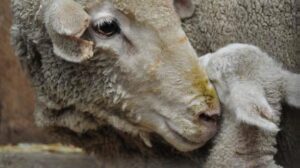
Ewe colostrum is the first feed for the new-born lamb and the key to its survival. Proper new-born lamb care is a critical component of herd profitability. (Photo: Pixaby.com)
Factors that influence the production of breeding ewes are:
Breeding ewes are subject to the consequences of seasonal changes in the environment, directly through the influence of climate on the animal itself, and indirectly through variation in the pastoral resources which provide most of her nutrition. Performance must be considered in light of the management system and genetics of the breed.
- Ewes must be Functionally efficient. A healthy udder with two normal, healthy teats is essential. Examine the teats regularly in areas where ticks occur.
- Ewes with hard udders (because of inflammation or blue udder), and those with abnormally thick teats must be culled.
- Ewes must not be too old when they are mated. They must be culled after 5 to 6 lambing seasons (7 to 8 years). Their teeth become bad, and they cannot walk long distances to find grazing.
- Ewes must be healthy. Disease conditions such as fever immediately after mating could cause resorption of the foetus and abortion.
- Young ewes should be mated for the first time at 18 months.
Breeding season
Mate the ewes so that they lamb when grazing is plentiful. Lambs will then have a better chance of survival. It also prevents the buying of expensive feed, and the lambs are ready for the market at an early age. Limit the breeding season to 6 weeks to include two oestrus cycles. When the mating season is too long, flock management (dipping, vaccination and dosing) is more difficult.
Pairing weight of the young breeding ewes
Ewes typically reach puberty at 5 to 12 months, depending on breed, nutrition, and date of birth. The ideal pairing weight for good reproduction and production of ewes should be between 48 and 51 kg. When mating young ewes at 12 months, their weight should be 80% of their adult weight. If they are mated at 18 months, their weight should be 94% of their adult weight. The right pairing weight ensures that production goals are achieved.
Care of the ewe before lambing
The lamb harvest is the farmer’s return on his investment for the past season. It is of great importance to every farmer that the ewe lamb should perform as best as possible with the help of supplementation. The deficiencies in natural resources should therefore be corrected by supplementary nutrition to meet the animal’s needs and to harness the genetic potential in terms of reproduction and production.
Avoid underfeeding and stress. Animals should not be driven for long distances during the first 3 weeks of pregnancy. This could cause resorption of the foetus. Provide sufficient feed to ewes during late pregnancy (last 6 to 8 weeks) to ensure that strong lambs are born, which have the prospects of a good life expectancy.
Lambing time
Lambs should suckle as soon after birth as possible to take in colostrum. Colostrum ensures that they build up natural immunity against diseases. Provide proper shelter against wind and rain. Ewes with lambs should not be allowed to become too thin, because the lambs will not get enough milk. When the ewe has a lot of milk, the lamb grows quickly and can be weaned sooner. This gives the ewe a chance to reach an acceptable mass before the start of the next breeding season. If an ewe loses too much condition during lambing time, she will not conceive easily during the next breeding season.
Care of the ewe after lambing
Healthy management practices involve taking care of your ewes six weeks before pairing season; uterine recovery is granted in the three weeks after lambing day; time is given to wean the lamb (if conditions weaken, with creep feeding weaned as early as at 60 days) and then given a rest period of more than 4 months before being mated again.
Factors that influence the production period of breeding ewes are:
The number of lambs weaned, mated per ewe, increasing to the ewe’s age of five years, after which it decreases as the ewe gets older. The survival age of the ewes remains constant to the age of seven years after which it decreases. An early mating age and longevity of ewes are therefore important factors to consider in the choice of a breed.
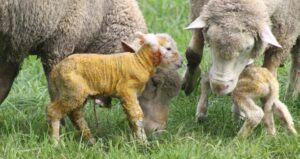
New-born lambs. (Photo: Pixaby.com)
Weaning percentage
The weaning percentage directly determines the mutton production and can be increased by:
- An increase in the lambing percentage (number of lambs born per mated ewe).
- An increase in fertility: The occurrence of multiple births therefore has a positive influence on meat production. There is, however, a notable weaker growth with multiples compared to single lambs. An increase in fertility must, therefore, be linked with selection for better growth potential to be significant.
- An improvement in the percentage of ewes lambed per ewes mated. The fertility of the ewes and rams is especially important here.
- An improvement in survival, the number of lambs born per the number of lambs weaned. As far as the choice of a breed is concerned, maternal characteristics are important here.
- An increase in lambing frequencies: three times every two years instead of the normal annual lambing.
Factors influencing the total mass of lamb produced per year:
Milk production of the ewes
This feature largely determines the pre-weaning lamb growth and is especially important with a high fecundity characteristic.
The growth of lambs
The growth potential of the lambs is to an extent influenced by the heredity of this feature and varies from breed to breed. The “type” and carcass quality, has an anticipatory value to predict the percentage fat and percentage good meat cuts of a carcass.
We thank the ARC Institute for Agricultural Engineering in South Africa for making their manual on sheep production and facilities available to the readers of ProagriMedia.




